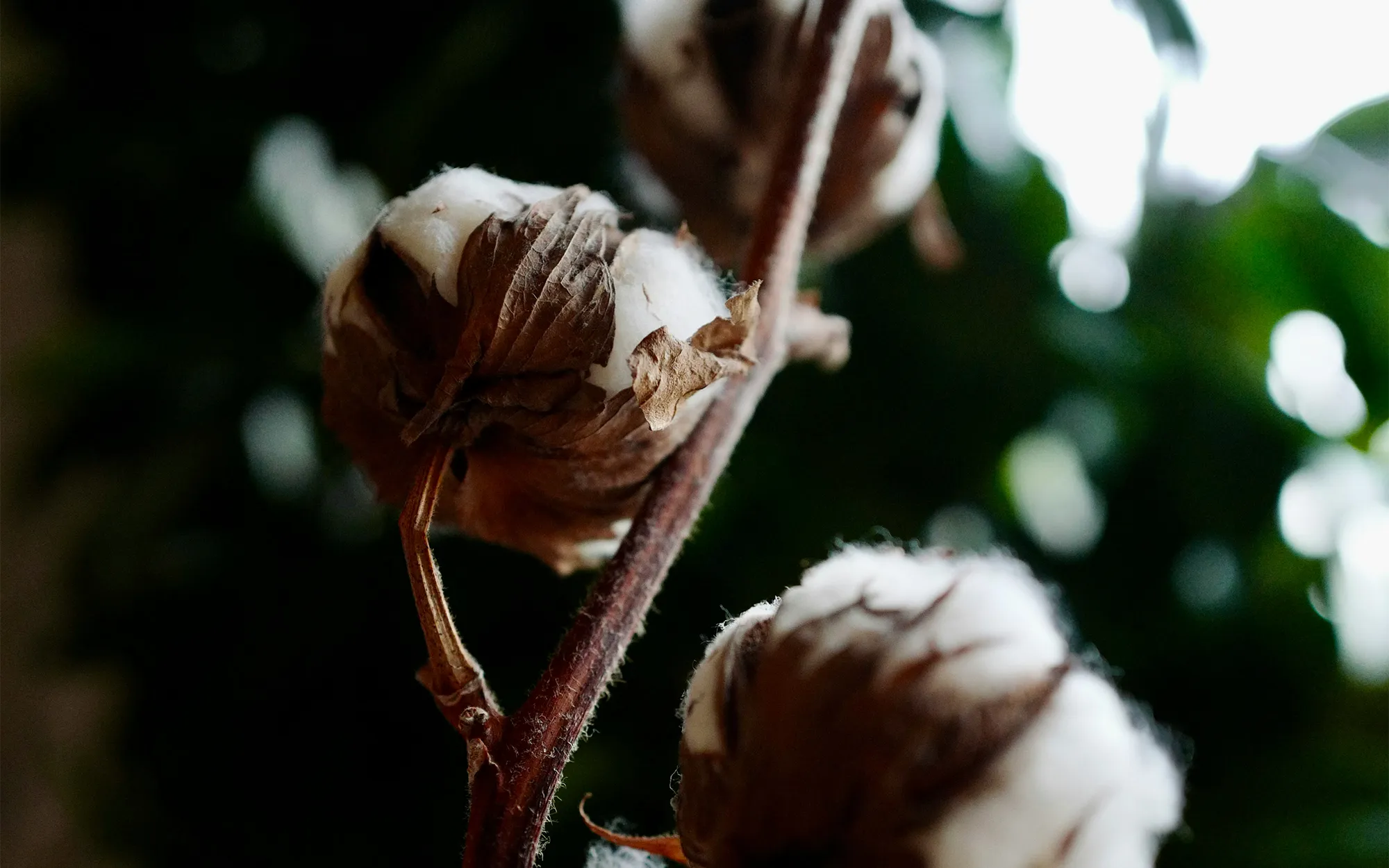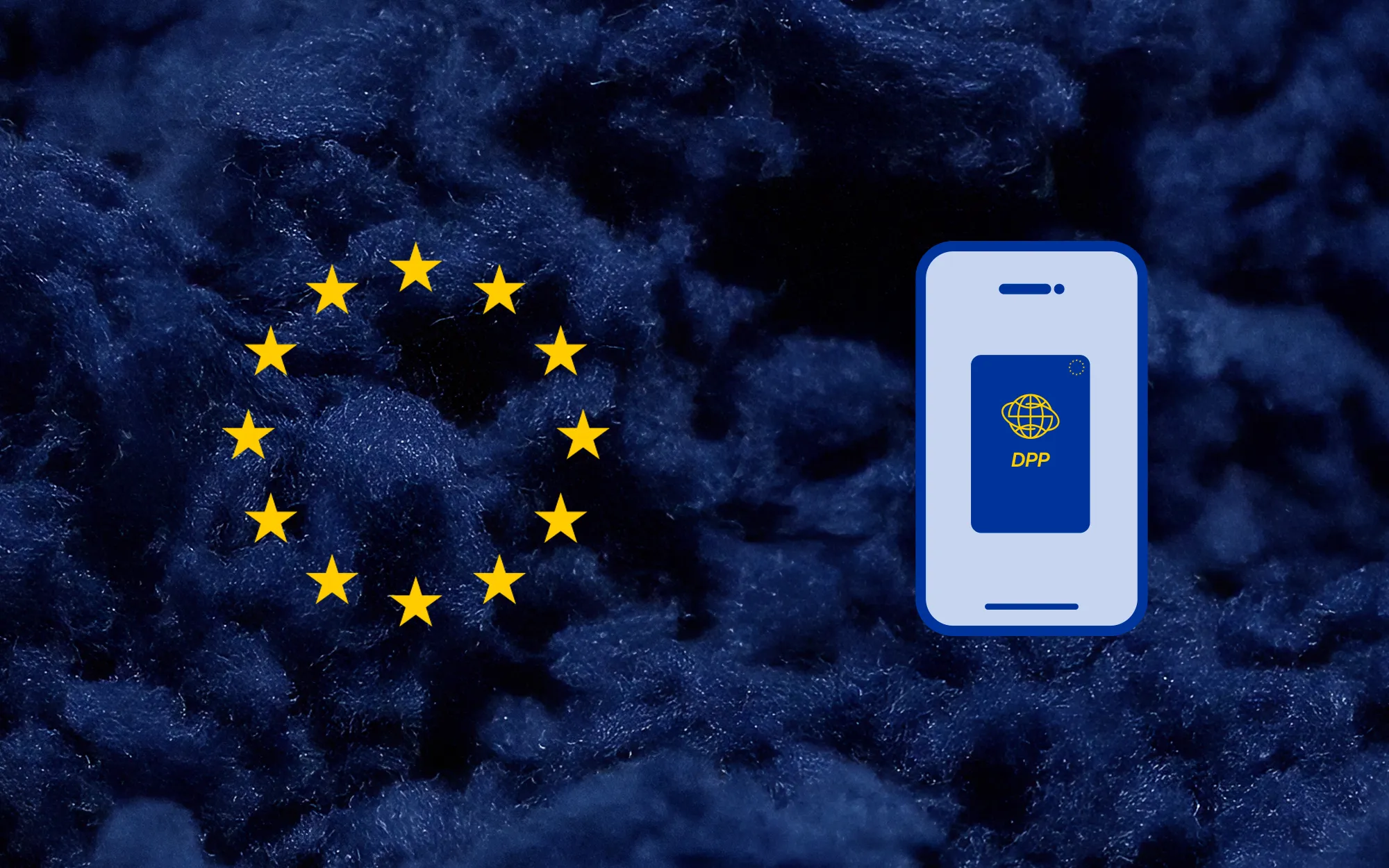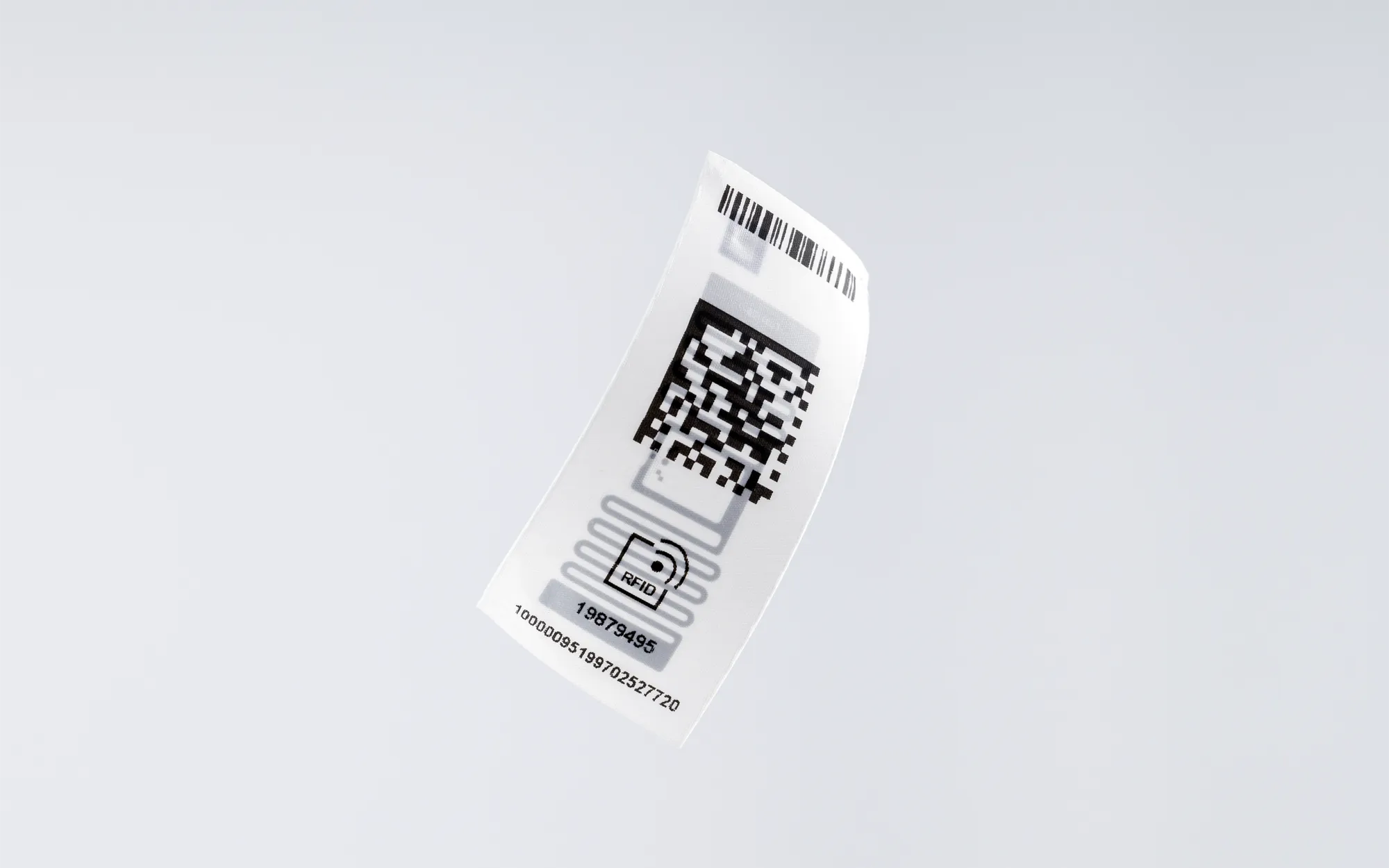Glossaire
Accessories
Index
An acrylate-based adhesive, known for its weather resistance and transparency.
Ficelle
Also known as "super glue", a cyanoacrylate-based adhesive that quickly hardens in the presence of moisture.
Seals
The measurement of paper thickness, often expressed in micrometers (μm) or millimeters (mm).
Puces de taille
A two-component adhesive that cures when a curing agent is added, forming a very strong and durable bond.
Permanent
Permanent adhesives create a very strong bond between surfaces.
Once applied, a permanent adhesive is designed to stay in place permanently and usually cannot be easily removed without damaging surfaces.
They are often used in applications where a durable adhesion is required (give examples)
Repositionable
Repositionable adhesives are designed to allow easy removal and repositioning of objects without leaving sticky residue or damaging surfaces. These adhesives provide a temporary adhesion that allows objects to be moved several times before being firmly attached.
Semi-permanent
Semi-Permanent Adhesives provide less permanent bonding than permanent adhesives.
They maintain a firm bond with surfaces, but can usually be removed with less resistance and without damaging the surfaces.
Semi-permanent adhesives are often used in applications where the ability to remove and replace objects is important, such as price tags on retail items, temporary billboards, etc...
Tac
The "tac" is an informal term used to describe the ability of an adhesive to quickly adhere to a surface when applied with light pressure. In other words, "tac" refers to the initial adhesive force of an adhesive. An adhesive with a good "tac" will adhere quickly and firmly to the surface from its application
Adhesives
Acrylique
An acrylate-based adhesive, known for its weather resistance and transparency.
Cyanoacrylate
Also known as "super glue", a cyanoacrylate-based adhesive that quickly hardens in the presence of moisture.
Thickness
The measurement of paper thickness, often expressed in micrometers (μm) or millimeters (mm).
Epoxy
A two-component adhesive that cures when a curing agent is added, forming a very strong and durable bond.
Permanent
Permanent adhesives create a very strong bond between surfaces.
Once applied, a permanent adhesive is designed to stay in place permanently and usually cannot be easily removed without damaging surfaces.
They are often used in applications where a durable adhesion is required (give examples)
Repositionable
Repositionable adhesives are designed to allow easy removal and repositioning of objects without leaving sticky residue or damaging surfaces. These adhesives provide a temporary adhesion that allows objects to be moved several times before being firmly attached.
Semi-permanent
Semi-Permanent Adhesives provide less permanent bonding than permanent adhesives.
They maintain a firm bond with surfaces, but can usually be removed with less resistance and without damaging the surfaces.
Semi-permanent adhesives are often used in applications where the ability to remove and replace objects is important, such as price tags on retail items, temporary billboards, etc...
Tac
The "tac" is an informal term used to describe the ability of an adhesive to quickly adhere to a surface when applied with light pressure. In other words, "tac" refers to the initial adhesive force of an adhesive. An adhesive with a good "tac" will adhere quickly and firmly to the surface from its application
Certifications
FSC
FSC is an international label that guarantees that the wood used complies with sustainable forest management procedures.
GRS
Est arcu lorem nisl rhoncus mauris dictum. At duis posuere nibh vestibulum euismod sed. Mattis pellentesque sem sed a pulvinar eu ante varius egestas. Pain sollicitudin felis convallis elementum vitae nibh erat mi sit.
ISO9001
ISO 9001 is a quality management standard. Its requirements define how a quality management system (QMS) should be established, implemented, maintained and continuously improved.
Oekotex
Oeko-Tex is a quality label that encompasses several technical standards, with the objective of certifying the sanitary and ecological qualities of textiles and leathers, while guaranteeing the absence of toxic substances for both human health and the environment.
GOTS
The GOTS certification allows your organic textiles to be marketed internationally by guaranteeing environmentally friendly processes, good working conditions, the use of organic fibres and the prohibition of dangerous substances.
ISO9706
The ISO 9706 standard defines the criteria for paper permanence: minimum tear strength, minimum amount of neutralizing substances (such as calcium carbonate), maximum amount of oxidizable products (Kappa index) and pH of an aqueous extract.
ISO3071
The ISO 3071 standard describes a method for measuring the pH of textiles, it ensures that textile products do not contain excessive acid or alkaline residues, especially for papers containing clothing waste or cotton.
REACH
The EU’s REACH regulation aims to protect human health and the environment by controlling the use of chemicals in products. It requires companies to identify, assess and limit hazardous substances in their products, including textiles.
RoHS
RoHS limits the use of hazardous substances such as lead, mercury and cadmium in electrical and electronic equipment. It aims to protect the environment and human health by reducing the presence of toxic materials in products.
EKO Energy
The EKO Energy standard is an international label that certifies the renewable origin of electricity and guarantees that it meets strict environmental criteria. In addition to promoting green energy, EKO Energy supports climate projects and the preservation of ecosystems around the world.
Paper certifications
Acid free
Acid free indicates that the paper does not contain or require any acid during its manufacture.
Carbon neutral
Carbon neutral indicates that all GHG emissions from paper production have been offset.
ECF
Elemental chlorine free indicates that the paper does not contain and does not require any "chlorine" elements during its manufacture.
Heavy metal absence
Heavy metal absence indicates that the paper does not contain or require any heavy metals during its manufacture.
PH Neutral
Neutral pH means that the paper has a pH between 6 and 8, which ensures its durability and resistance to degradation over time.
PH Neutral
Neutral pH means that the paper has a pH between 6 and 8, which ensures its durability and resistance to degradation over time.
Shaping paper
Creasing
Paper creasing is a technique that involves creating folding lines on the paper, often measured in micrometers (μm) or millimetres (mm), to facilitate folding and improve the presentation of the final product.
Half-flesh cup
The half-flesh cut is a paper cutting technique that cuts the paper to a certain depth. This method is essential to ensure the quality and consistency of high-grammage paper products.
Precut
Pre-cut is a partial cutting process of a product, often a hangtag, where the pre-cut part is intended to be separated from the hangtag.
Shaping ribbon
Ultrasonic cutting
La découpe ultrason est une méthode avancée utilisée pour sectionner les vignettes de compositions en polyester. Cette technique repose sur l'utilisation d'ondes ultrasonores qui génèrent une chaleur localisée, permettant ainsi une coupe précise et nette des matériaux synthétiques.
Ultrasonic welding
Ultrasonic welding is an advanced method used to assemble polyester vignettes, exploiting high-frequency sound waves to generate localized heat. This technique allows materials to be fused precisely and efficiently, ensuring a strong and durable bond.
Paper printing
Laser printer
Laser printing is a digital printing process that uses a laser beam to transfer images and text onto a medium, usually paper. This process is based on photoconductivity technology, where a photosensitive drum is electrically charged. The laser scans the image to be printed, changing the drum load at specific locations. Then a toner powder is applied, adhering only to the charged areas. Finally, the toner is attached to the paper by heat, producing high-quality prints with precise resolution.
Inkjet
Inkjet printing is a printing process that uses ink droplets sprayed onto the media using nozzles. This process creates high-resolution images with high color accuracy. Inkjet printers work by heating the ink or using vibration to expel the droplets, allowing for careful control of the amount of ink deposited. This technique is widely used in the fields of photography, graphic art and production of technical documents.
Offset
Offset printing is a printing process that uses a printing plate to transfer ink onto a medium, usually paper. This process is based on the principle of repellency between water and ink, allowing an effective separation of print and non-print areas. Offset presses are often used for high volume prints, offering high image quality and colour accuracy through techniques such as ink density control and the use of Pantone colours. This type of printing is particularly popular for magazines, brochures and books.
Screen printing
Screen printing is a printing technique that uses a fabric screen to transfer ink onto a medium. This process involves the creation of a stencil, which allows to control the application of ink on the desired surface. Inks are often based on plastisol or water, and the method is prized for its ability to produce vivid colors and precise details on various materials such as textiles, paper and plastic. Screen printing is widely used in the production of clothing, posters and signs.
Creasing
This is a process used to prepare the paper to be folded without ripping or creasing. We use a plate to press strongly on the paper to deform it like a gutter in the sheet of paper.
Printing ribbon
TTR
TTR (or thermal transfer) is a printing process that involves the transfer of ink from a ribbon wound on a heated print head to the print medium (ribbon). It is a durable and high quality print.
Flexographie
Flexography is a relief printing process used primarily for packaging. It consists of transferring an image onto a flexible plate mounted on a rotating cylinder, then applying ink and printing on various materials such as paper, cardboard and plastic.
Labelling
Care label
A care label is a sticker, often made of polyester (cotton, silk etc...), printed washing instructions and maintenance of a garment.
Paper
Thickness
The measurement of paper thickness, often expressed in micrometers (μm) or millimeters (mm).
Chromed
These are papers passed between metal rollers heated under pressure. The paper then gets a smooth surface and allows for a glossy, reflective and smooth finish. They can also be called "calendered papers".
Weight
The weight of paper per unit area, usually expressed in grams per square meter (g/m 2). It indicates the density of the paper.
Handmade
The tactile sensation of the paper, in particular its smoothness, roughness or rigidity.
Whiteness
The whiteness index is a measure used to evaluate the brightness or degree of white of paper. It is often expressed as a percentage or numerical value. The higher the whiteness index, the more white paper is considered.
pH neutral
A paper whose pH is balanced and therefore less likely to turn yellow or deteriorate over time.
Lying surface/ unlying surface
Coated papers have a coating layer that improves the printing and reproduction of images, while uncoated papers have a more porous surface.
Mass dyed
So-called "tinted papers" are coloured papers other than white paper, which have been coloured during their manufacturing process (at the stage of mixing the pulp).
Rubans
Nylon
Nylon is a synthetic material made from nylon polymers, known for its tensile strength and durability. It has characteristics such as low elasticity, excellent abrasion resistance and good chemical resistance.
Satin polyester
Polyester satin tape is a type of tape made from polyester fibers, offering a smooth and shiny surface. This material is appreciated for its durability and resistance to moisture. Thanks to its satin texture, it reflects light in an elegant way, adding a touch of sophistication to creations. In addition, polyester satin ribbon is available in a wide range of colors and widths, allowing easy customization to specific needs.
Polyester
Polyester tape is a synthetic material made from polyester polymers, offering exceptional tensile and abrasion resistance. Thanks to its low elasticity and chemical resistance, polyester tape is ideal for demanding environments, guaranteeing durability and performance.
Taffeta
Taffeta ribbon is a type of ribbon made from polyester or silk fibers, characterized by its smooth texture and satin shine. Used mainly in the textile industry, it is appreciated for its resistance and its ability to maintain its shape. Its woven structure gives it a good hold, making it ideal for applications requiring increased durability.
Cotton
Cotton is a natural fibre derived from the seeds of the cotton tree. This fiber is composed mainly of cellulose, which gives it softness, absorption and breathability properties.
Tencel
Tencel, also known as lyocell, is a regenerated textile fibre made from wood pulp. This material is produced by a process of dissolving cellulose in a non-toxic solvent, followed by a spinning process. Tencel stands out for its softness, moisture absorption and biodegradability, making it a sustainable choice for the fashion industry. Due to its unique fiber structure, it also offers excellent breathability and a fluid drape, making it ideal for comfortable and elegant garments.
Ribbon ink
Wax
Wax ink is an ink formulation used primarily in thermal printing. It offers excellent adhesion on various substrates such as paper, plastic and labels. Due to its composition, wax ink has moderate resistance to water and abrasion, making it ideal for short-term printing applications.
Wax / Resin
Resin wax ink is a type of ink used mainly in thermal printing. It is made of a wax and resin base, which gives it excellent adhesion to various media including paper and polyester labels. Thanks to its formulation, this ink offers increased resistance to water and chemicals, while ensuring high-quality printing with precise details.
Resin
Resin ink is a type of ink used mainly in printing processes, characterized by its composition based on synthetic resins. These inks offer excellent adhesion to a variety of substrates, increased resistance to water and solvents, as well as extended durability. They are often used in flexography, allowing for high quality prints with vivid colors and a glossy finish.
Resin for textile +
Textile resin is used to reinforce and waterproof fabrics. It is often applied as a solution or dispersion, allowing deep penetration into the fibres. This resin can offer properties such as water resistance, durability and flexibility.


